2017 Yamaha Kodiak EPS vs Polaris Sportsman 570 SP: By the Numbers
There are a lot of Utility ATVs on the market. There are the big horsepower beasts that rip down the trail and can pull a forest full of stumps out of the ground with ease. Then there are the budget-friendly, small-bore ATVs that get the job done quietly, leaving the big jobs for the truck or the tractor. Right in the middle is a class of ATVs that are harder to define. These machines have plenty of power, but are scaled back enough that they don’t put a big bore hurting your bank account. That’s where the 2017 Yamaha Kodiak EPS and Polaris Sportsman 570 SP fit in. But which of these two excellent machines is best for you? Let’s take a look at them by the numbers.
| 2017 Yamaha Kodiak EPS | 2017 Polaris Sportsman 570 SP | |
| Price | $8,299 – 8,749 | $8,699 |
| Engine | 708cc liquid-cooled DOHC 4-stroke; 4 valves | 567cc 4-Stroke DOHC Single Cylinder |
| Horsepower | 48.3 | 44 |
| Driveline/Differential | Lever-operated 2WD/4WD; shaft | High Performance True On-Demand AWD/2WD |
| Transmission | Ultramatic V-belt with all-wheel engine braking; H, L, N, R, P | Automatic PVT P/R/N/L/H; Shaft |
| Wheelbase | 49.2 in | 50.5 in |
| Overall Dimensions (LxWxH) | 81.5 in x 46.5 in x 48.8 in | 83 in x 48 in x 48 in |
| Weight | 677 lbs (curb weight) | 730 lbs (dry weight) |
| Front Tires | AT25 x 8-12 Maxxis MU19 | 26 x 8-14; PXT 6 Ply Radial |
| Rear Tires | AT25 x 8-12 Maxxis MU19 | 26 x 11-14; PXT 6 Ply Radial |
| Ground Clearance | 10.8 in | 11.5 in |
| Fuel Capacity | 4.76 gal | 4.5 gal |
| Front Suspension | Independent double wishbone; 7.1 in travel | Dual A-arm with 8.2 in. travel |
| Rear Suspension | Independent double wishbone; 9.1 in travel | Dual A-Arm, IRS 9.5 in travel |
| Front /Rear Brakes | Dual hydraulic disc/Multi-disk wet brake | Single Lever 3-Wheel Hydraulic Disc with Hydraulic Rear Foot Brake |
| Rack Capacities | 110 lb front / 198 lb rear | 90 lb front/180 lb rear |
Yamaha is widely known for its use of single-cylinder DOHC engines. Yamaha knows how to make these engines perform and last for years to come. The Kodiak runs the same basic 708cc motor you’ll find in the Grizzly and Wolverine machines. It’s just tuned differently with gearing more toward utility use and less play. That’s not to say that the Kodiak isn’t a capable trail machine – it is, and very much so. Where a Grizzly might pop over a trail obstacle, a Kodiak would perhaps claw its way over the same spot. It has a mellower, softer power delivery, but still churns out the same 48+ horsepower.
Polaris runs a 567cc single in the Sportsman that claims 44 horses. The SP feels pretty sporty for a smaller engine. A few years ago, Polaris invested heavily into their ProStar engine platform, and it is paying off with engines that produce more horsepower than ever. Polaris claims the 570 has 50% more horsepower than a similarly-sized competitor’s engine.
Despite the larger engine, the 2017 Yamaha Kodiak has a listed ready-to-ride weight of 677 pounds. That is 53 pounds less than the 730-pound listed dry weight of the Sportsman 570 SP. Throw in the weight of fuel and other fluids and the that weight gap widens significantly.
The controls for the Kodiak are pretty straightforward. There are levers for the front and rear brakes, which control disc brakes all around. The four-wheel drive is activated by a mechanical lever on the left handlebar. If you want to step up to Yamaha’s locking differential and electronic four-wheel drive, you have to go to the more expensive Kodiak Special Edition model.
The Sportsman has Polaris’ all-wheel brake system with a single lever on the left. There is a switch on the right handlebar for two- and all-wheel drive, as well as Polaris’s Active Descent Control engine braking for traversing steep downhill sections.
Each machine has independent front and rear suspension systems. The Yamaha has 7.1 inches of wheel travel in front, versus the Polaris’ 8.2 inches of travel. Out back the Yamaha runs 9.1 inches of travel compared to the Sportsman’s 9.5 inches.
For tires, the 2017 Yamaha Kodiak runs 25-inch Maxxis tires designed specifically for the Kodiak. The Sportsman runs 26-inch versions of Polaris’ own PXT Radial tires.
Ground clearance for the Yamaha is listed at 10.8 inches. Over on the Polaris, there is 11.5 inches of clearance under the machine.
The Kodiak has steel racks that can hold up to 110 pounds on the front, and 198 pounds on the back. There is a convenient two-inch receiver that can handle up to 1,300 pounds of towing. Yamaha outfitted the Kodiak with composite skid plates and durable finishes on the metal and plastic parts to handle the abuses of working the machine hard.
The Sportsman has composite racks that can handle 90 pounds on the front and 180 pounds on the rear. The secret, however, is the 6.5 gallons of sealed storage under the front rack. The Sportsman is rated to tow 1,500 pounds and comes with a 1.25-inch receiver standard.
Derrek's love for all things ATV started when he was a mere 11 years old, growing up on his family farm. His mom gave him and his sister a choice - get a horse, or a three-wheeler. The sister wanted the horse, and Derrek wanted the ATV. Luckily he won out, and was soon burning up the trails on a Yamaha Tri-Moto 200. By the time he was 14, he had saved enough of his own money by working on the farm and in his folks restaurant to buy a new 4-wheeler. That happened the day he and his mom were driving past the dealership and saw 1987 Banshee. His mom had no idea what he was buying, and he never looked back. He's been riding ever since, and been writing professionally for many years. He has ridden all over North America and been behind the controls of just about every machine out there. And yes, he still has his 1987 Yamaha Banshee.
More by Derrek Sigler



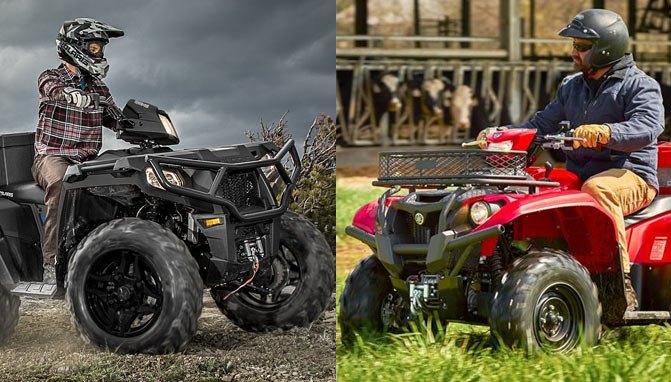




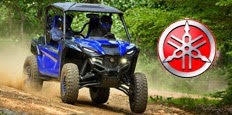






![Derek Guetter Lands 75-foot Back Flip [video]](https://cdn-fastly.atv.com/media/2022/10/24/8742829/derek-guetter-lands-75-foot-back-flip-video.jpg?size=350x220)
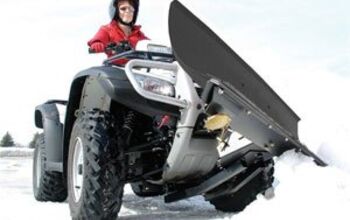
![Derek Guetter Crashes During Backflip [video]](https://cdn-fastly.atv.com/media/2022/10/24/8744073/derek-guetter-crashes-during-backflip-video.jpg?size=350x220)
![More ATVs on Ice [video]](https://cdn-fastly.atv.com/media/2022/10/24/8742964/more-atvs-on-ice-video.jpg?size=350x220)
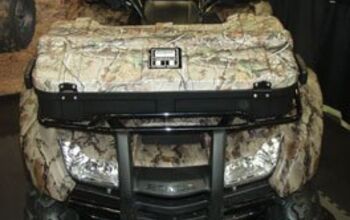
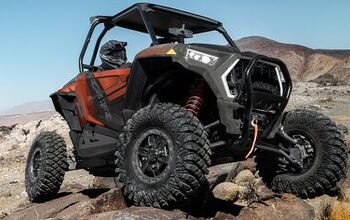
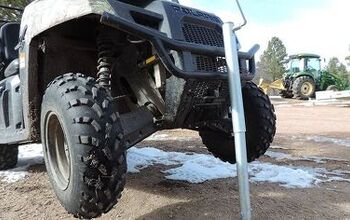
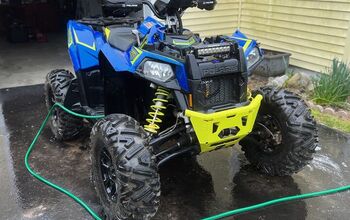
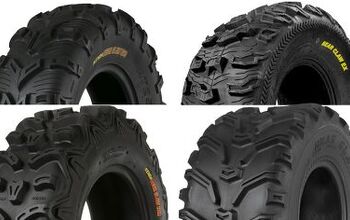
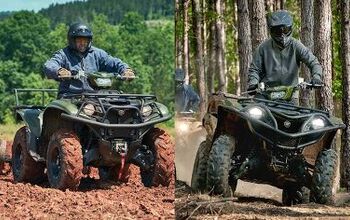

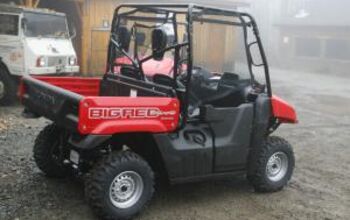
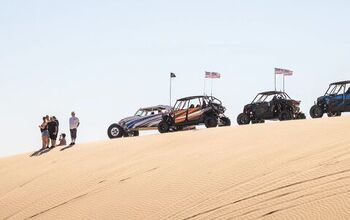

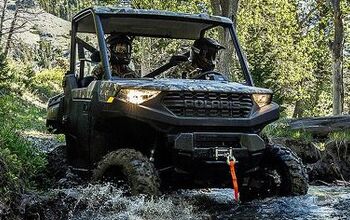
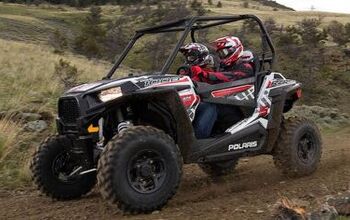
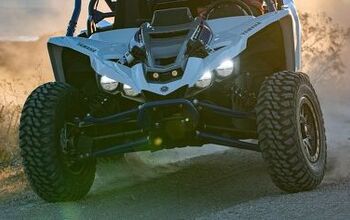
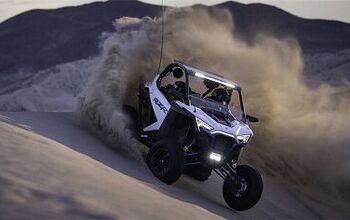
Comments
Join the conversation